

When I was a young man, speculation about the fruit set was, like today a topical subject. Members of the 'wise older generation would say, keep out of your orchards until Derby Day (then the first Wednesday in June) then take a look!
Times have changed, and the modern tree format shows fruitlets much more easily than the large trees back in my youth!
Looking at the apple trees in my garden, the set appears lighter than in past years. I am used to finding groups of 5 fruitlets at this stage and clearly require thinning down to ones & two's - this year the set is much lighter as much of the fruitlets have either not developed or dropped off!
Below: left; Red Devil which normally sets easily, in 2021 has less fruit. right; Christmas Pippin is the only one in my garden with a normal set
Drawing comparison with normal seasons, and illustrated 'below' by pictures of Cox apples, the normal set will have five fruitlets growing away equally, necessitating thinning back to 'one or two' apples.
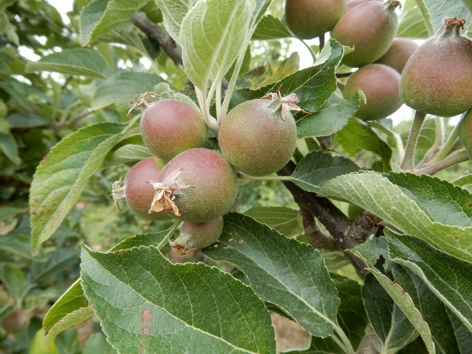
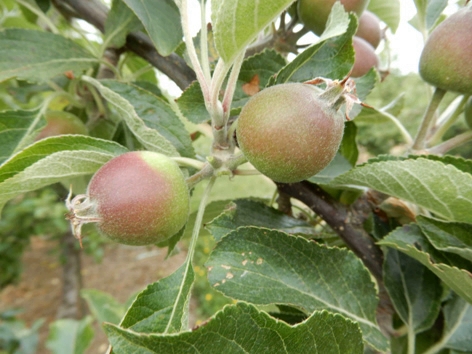
Talking to industry experts, the general consensus is similar!
"Any farms that were frosted last year will have more apples than last year. The rest (who are the majority) will probably have less.
Despite a shorter growing season due to the late spring, there are already concerns that fewer apples = bigger apples = lower returns for growers.
I think the crop will generally be quite a bit down. Lots of frosted sites in the Weald, while in East and North Kent where the frost was less, the cold winds of a couple of weeks ago has led to a big run of fruitlets.
Below: Second bloom on Bramley apples
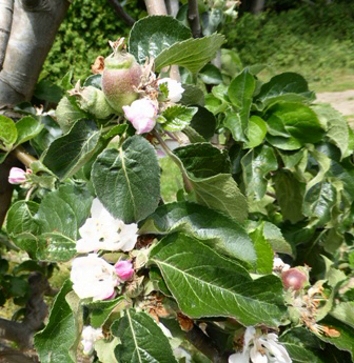 Worst affected is Bramley. Quite a bit of secondary bloom is apparent, but in a late season this will only produce 70mm apples which will be of no use to the supermarkets unless they review their specs which they are reluctant to do at the moment.
Worst affected is Bramley. Quite a bit of secondary bloom is apparent, but in a late season this will only produce 70mm apples which will be of no use to the supermarkets unless they review their specs which they are reluctant to do at the moment.
Braeburn also poor on many sites - will lead to a lot of oversized apples as most of them are singles. Gala look the best, but even they have run a lot. Most growers think they will still have a full crop, but I have done some counts and that would mean every apple from now on being in specification by harvest, which of course never happens.
West Midlands
The set in the West Midlands is, like in Kent, rather variable. However, my impression overall from discussions with colleagues, is that we probably have a slightly better set than the South East and East Anglia.
I would say that some varieties have set poorly (Cox and Junami being examples), others have set perhaps 1-2 apples per flower cluster (Red Windsor, Jonagold and Jazz) and Gala has set adequate crops, with some growers having applied thinning chemical towards the end of May in that variety.
Pear crops appear to have set surprisingly well, although they are starting to run now that they are starting to turn over.
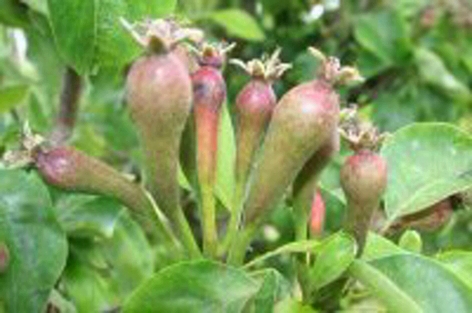
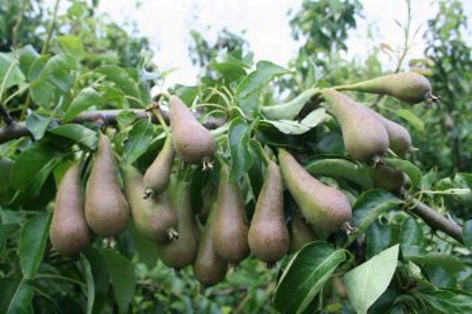
Kent
Generally OK in the low Weald, but scruffy fruit. Bramley probably only half a crop.
Not a lot of thinning needed!
The English Apple Man Comments:
It seems more than likely that the crop this year will be below normal, and fruit size and skin quality will be below the optimum required for Supermarket customers. Gala, our number one apple is once again the most likely to deliver a decent crop, Braeburn, the second most important British grown apple and one that can easily grow too large if the set is light, hopefully our Supermarket customers will be flexible with their specifications!
That is all for this week
Take care
The English Apple Man